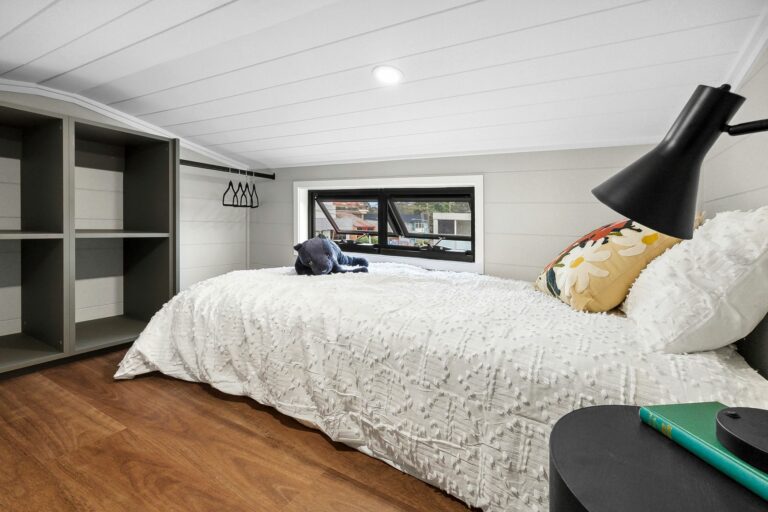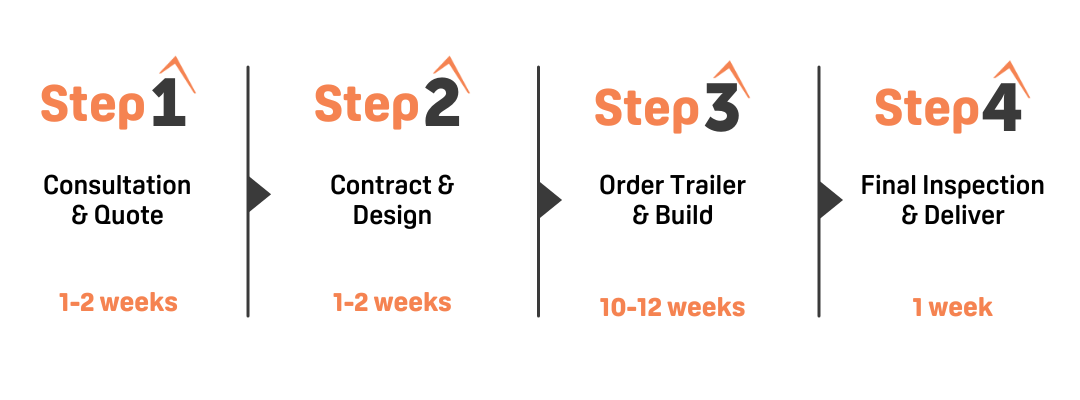Regulations for Residential Tiny Homes
Regulations for NSW Tiny Homes
The regulations for tiny homes on residential lots in New South Wales (NSW) are primarily governed by the Local Government (Manufactured Home Estates, Caravan Parks, Camping Grounds, and Moveable Dwellings) Regulation 2021 – specifically section 77. You can find a link to the regulations here (If you are outside NSW, please let us know and we are happy to advise accordingly).
A couple of specific locations to note where tiny house regulations do allow for more freedom of full time living or renting are:
– Shellharbour Council (see our blog here for more information)
– Western Australia Statewide (see our blog here for more information)
In the current climate, we have largely determined that the NSW Laws will override council regulations in almost all circumstances. This isn’t a hard and fast rule though, so we always advise talking to council and simply making it work within the rules so you don’t have unexpected issues. We will always be happy to help navigate this process!
Under the current regulations, tiny homes are considered moveable dwellings. In order to comply with NSW Laws and not require full council development approval, you need to follow a couple of important rules:
- You can install 2 Tiny Homes without approval if:
- They are not occupied for more then 2 days consecutively, and
- Not for more than 60 days total in a 12mth period.
- You can install 1 Tiny Home without approval if:
- It is to be inhabited by the owner or a member of their household. This includes use as an office, studio, etc.
- If you are looking to connect your tiny home to sewerage or septic tank facilities, you will need to get approval from council to do so as well as engage a licensed plumber to undertake the work. We do offer a sustainable option that doesn’t require sewerage connection though!
- The location for the tiny home must be suitable. For instance, areas prone to bushfires or flooding may have stricter requirements and not be suitable for installing tiny homes without significant safety measures.
- The tiny home must always be kept in safe and healthy condition regardless of it’s primary purpose.
- If the tiny home is being used to house someone displaced by a natural disaster or emergency (regardless of being family), the dwelling may remain for 2yrs without approval (or longer with council approval) and be used a permanent house during this time.
There is clearly a significant amount of freedom around the installation of tiny homes on residential lots without approval. Furthermore, many councils are currently in the process of helping to make these regulations even clearer to enable habitation as an avenue for easing the housing and rent crisis across much of Australia. But again, we will always reinforce, check with your council.

Our Process





